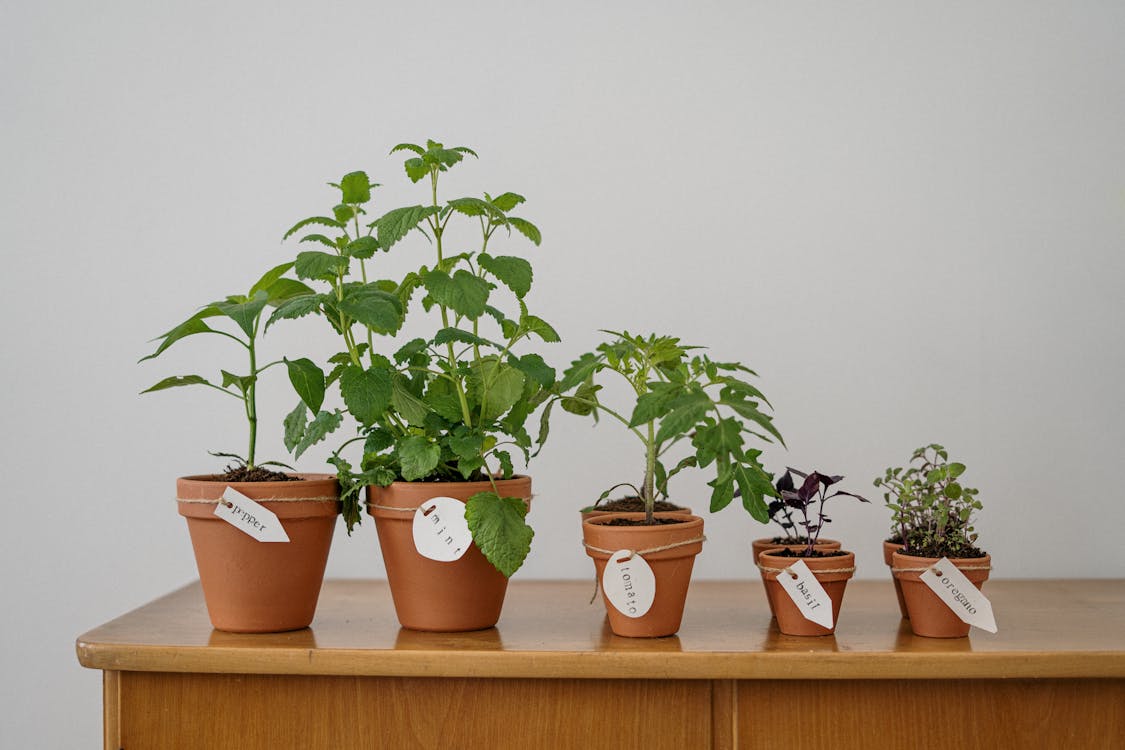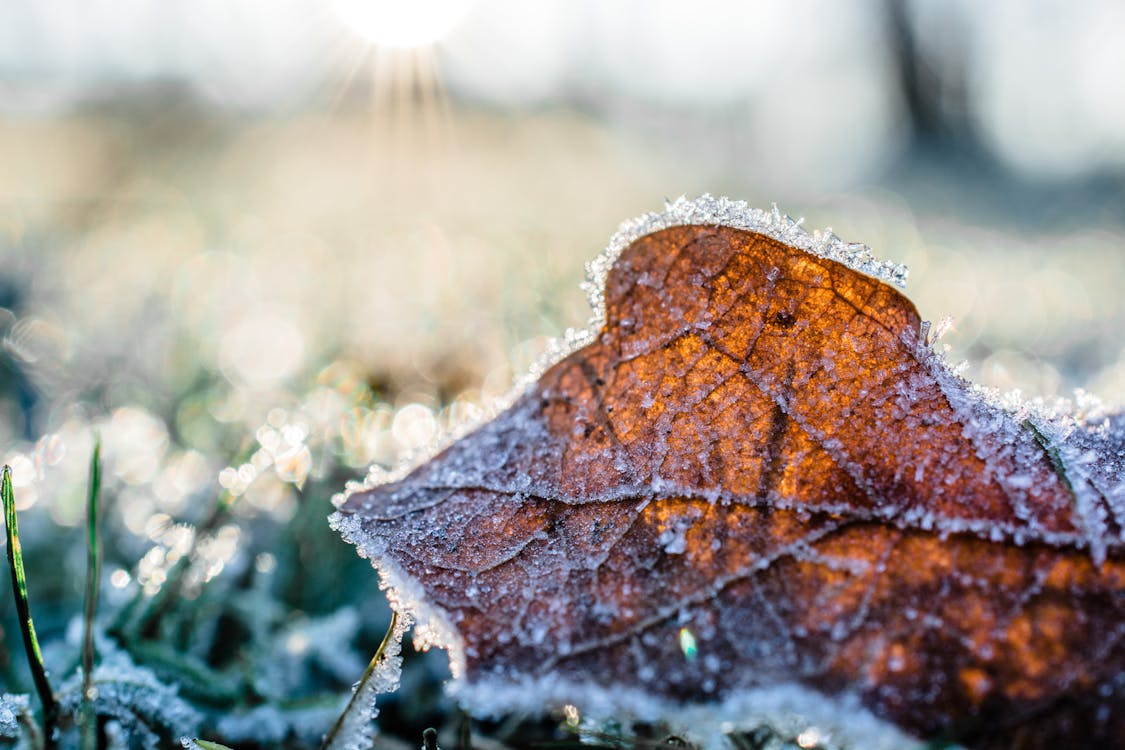Newbie Guide To Home Gardening

Never gardened? OK. Follow these 10 simple steps to grow your own.
1. Placement.
Gardening is like real estate—location is everything. Put your garden where you’ll see it often (out of sight, out of mind applies to gardening). You’ll spend more time there.
2. Keep sunward.
Beginning gardeners often misjudge sunshine. Before planting, consider your yard’s sunshine. Most vegetables, herbs, and fruits need at least 6 hours of sun to grow.
3. Stay near water.
Plan your garden near a water supply for the finest gardening advice. To avoid carrying water to your garden every time it needs it, make sure you can run a hose there. Pushing a finger an inch into the soil (approximately one knuckle deep) is the best way to check for plant hydration. Water becomes dry.

4. Good soil.
Start a garden with nutrient-rich, well-drained soil. If you’re planting in the ground, mix 75mm of Top Soil All-purpose Garden Soil into the top 150 – 200mm of soil for the perfect mixture. The Garden Master Potting Soil is the appropriate weight and texture for raised bed planting.
5. Containers.
Use containers to save space. Pots can grow vegetables, herbs, flowers, fruit trees, berries, and shrubs. Use Garden Master Potting Soil in a big pot for container gardening. It helps potted plants thrive and prevents over- and under-watering.
6. Select suitable plants.
Choose plants for your growth circumstances. This includes giving sun-loving plants a sunny spot, heat-tolerant plants in hotter climes, and ground-gobbling vines like pumpkins and melons plenty of room (or a trellis to climb). Choose kinds that will thrive in your climate and space. Start using Mayford® robust young plants instead of seeds for better veggie and herb growth.
7. Know frost dates.
Planting early or late can ruin your garden. To avoid killing plants by putting them out too early, check your area’s last normal spring frost date. Know your first average fall frost date to harvest or move plants indoors before late-season cold harms them. Find your area’s average first and last frost dates.

8. Mulch.
Mulch each plant with 50–75mm. Blocking the sun reduces weeds and evaporation, reducing watering. Scotts® bagged mulch adds gloss. Straw, shredded leaves, pine straws, or other local materials can be used.
9. Feed plants regularly.
Starting with good soil is important, but your plants need frequent high-quality feeding. Thus, great soil and plant food equal garden success! After a month, feed your garden with Protek Phosphate Fertilizer (please follow label instructions).

Comments
Add comment